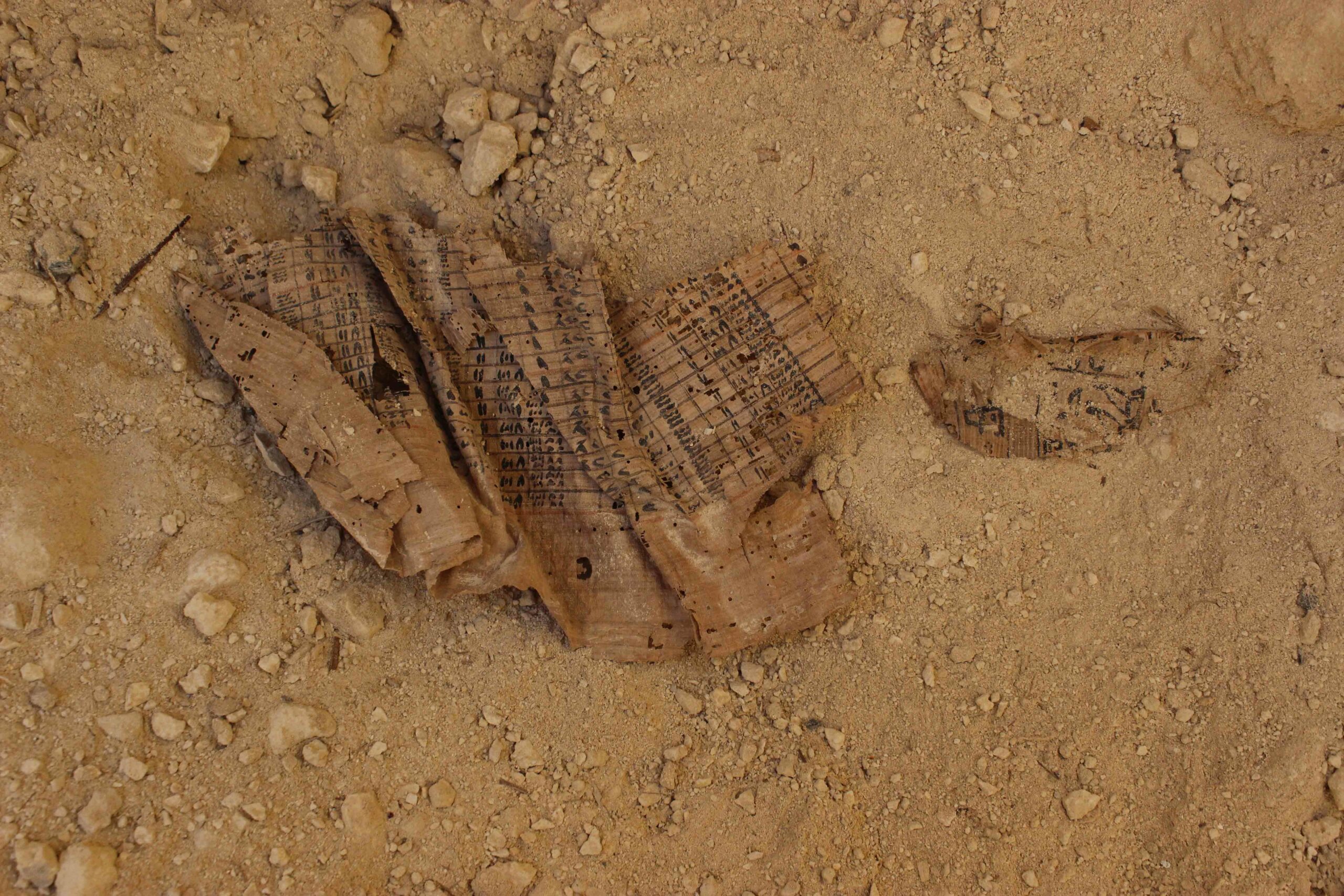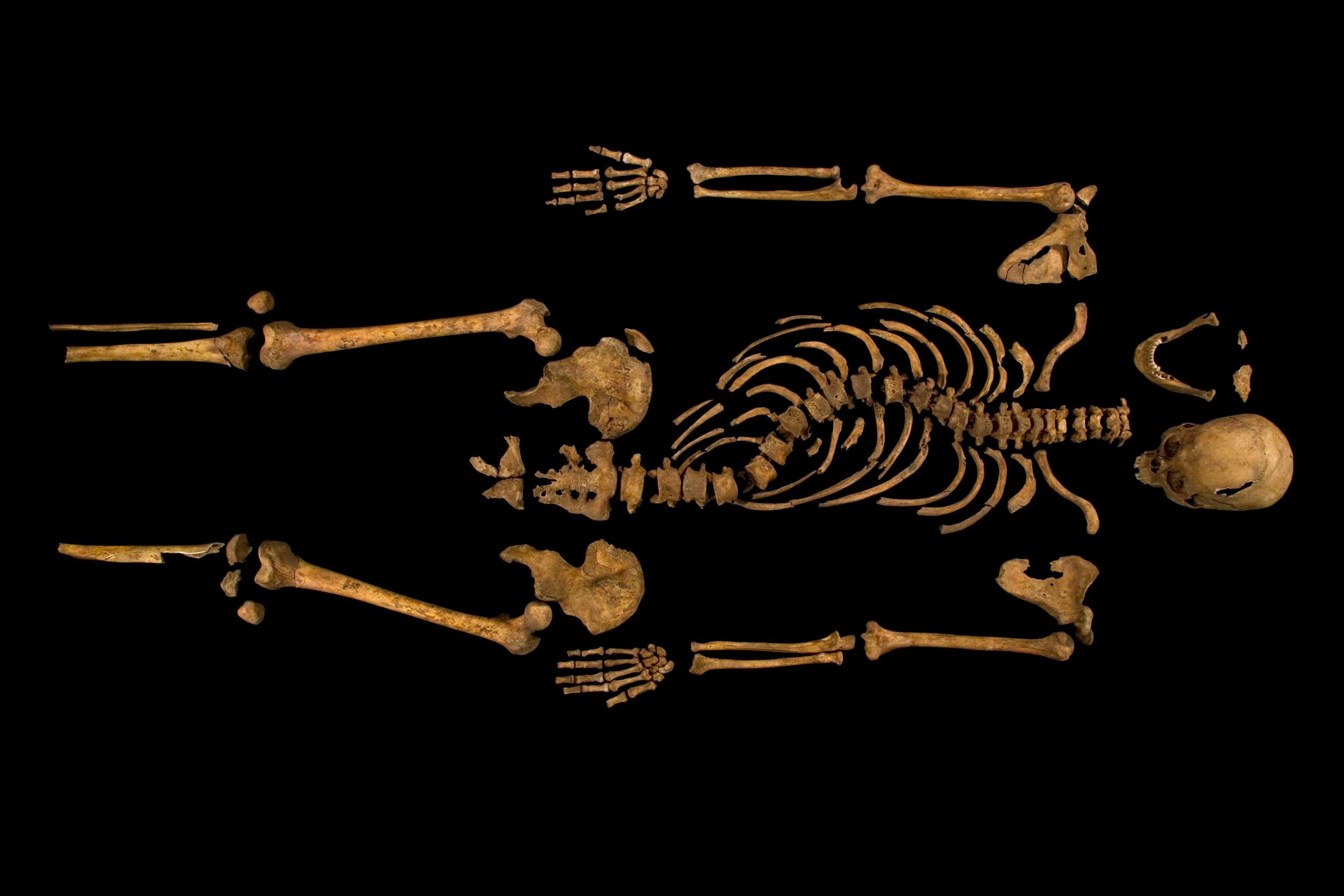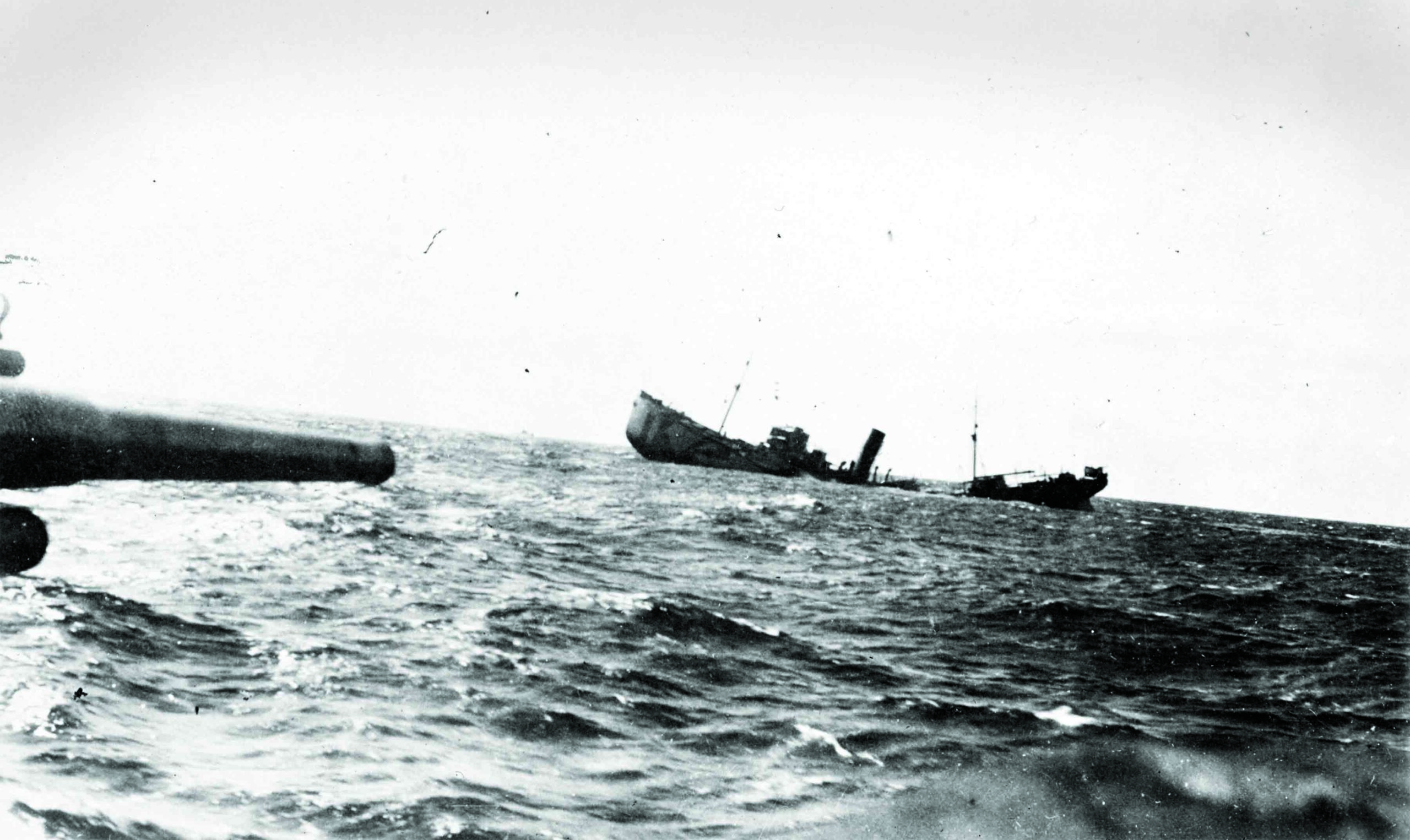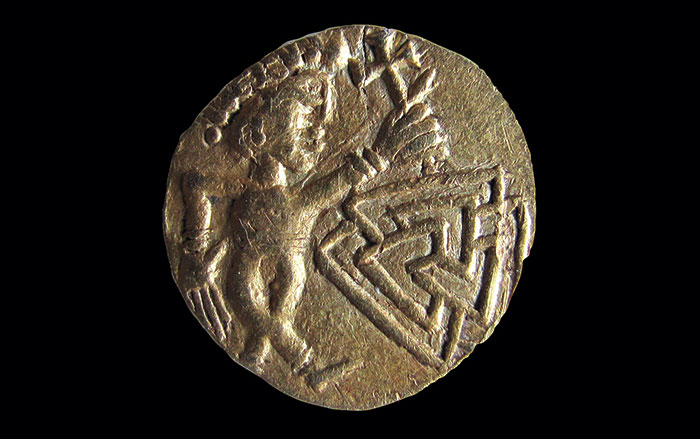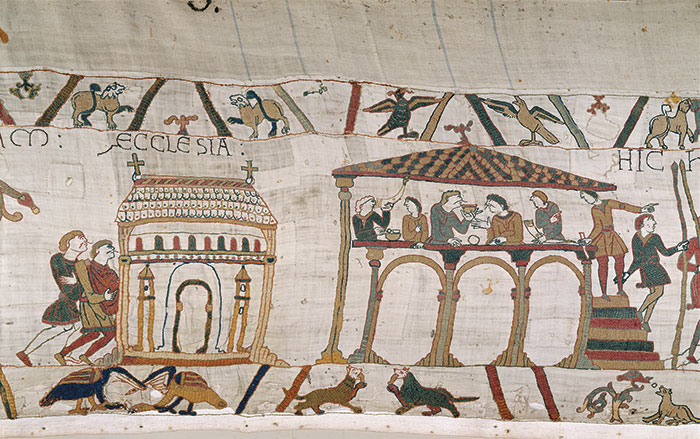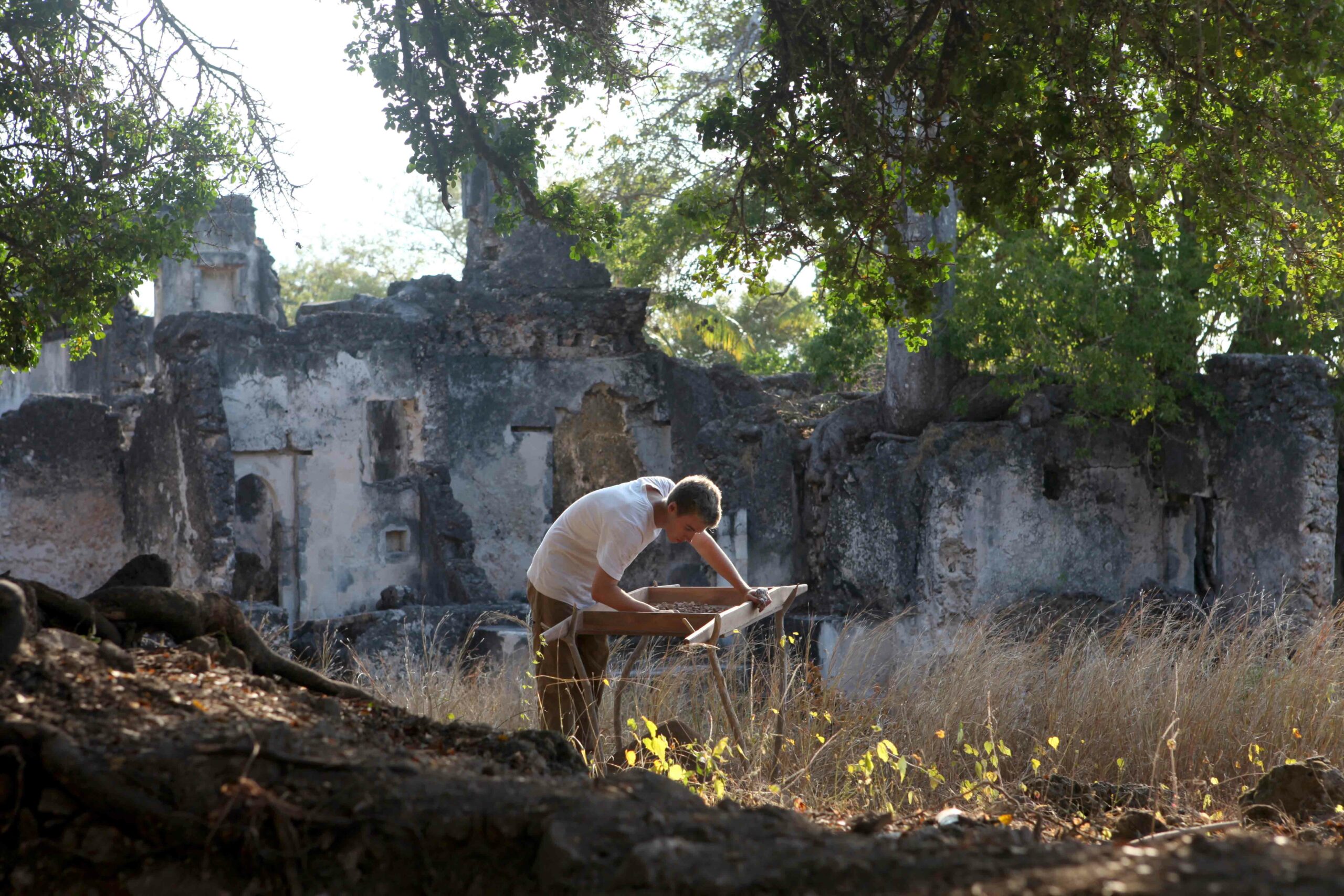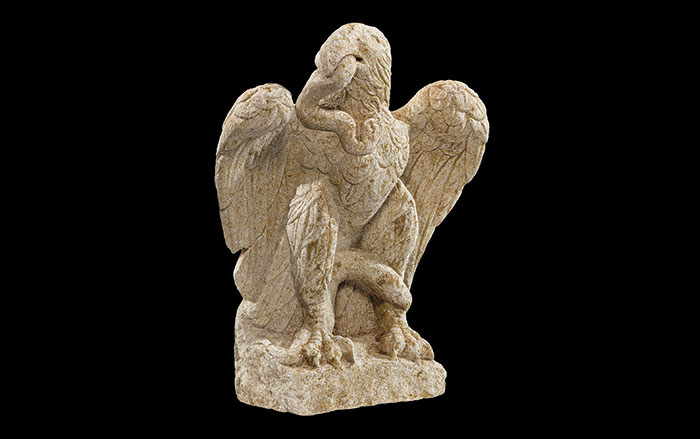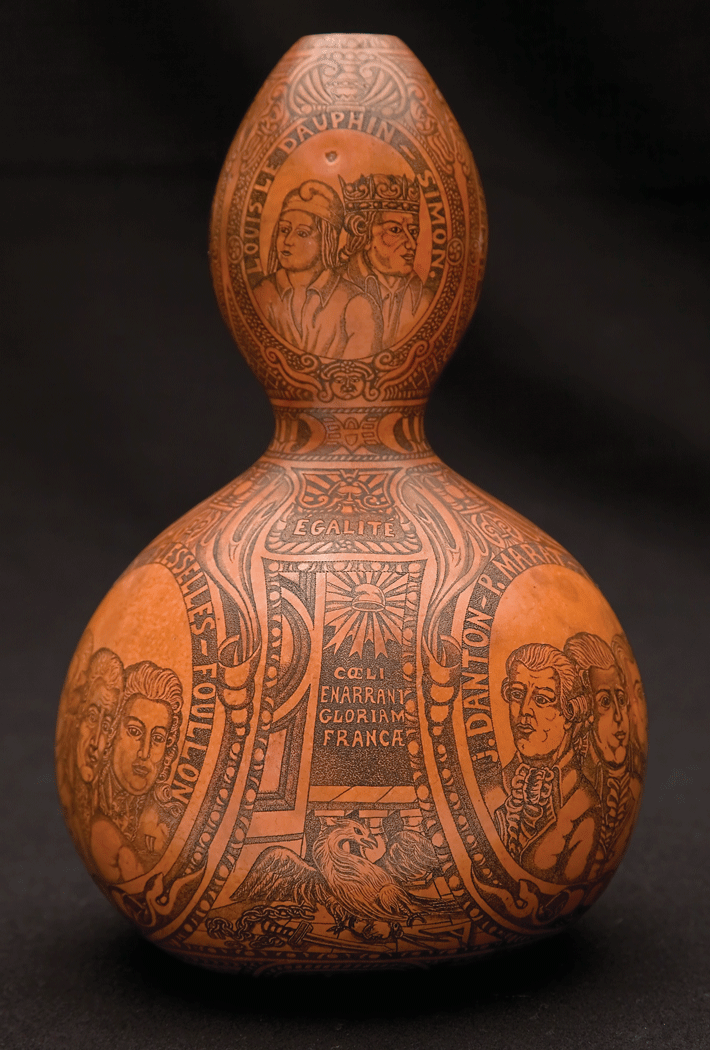
Fieldwork can be uncomfortable for long-legged humans, but burrowing animals are built for digging. Furry creatures have provided invaluable assists at two different European sites. In northern Germany, a badger discovered nine remarkable 900-year-old burials, including that of a richly outfitted warrior. “There was no knowledge of these graves and no reason to investigate without the badger’s assistance,” says archaeologist Felix Biermann, who continues to dig the site. In Cumbria, England, burrowing moles have pushed up ancient objects at second-century Whitley Castle, uncovering invaluable evidence of Roman life at the fort. There have only been two previous digs, and Whitley Castle is now a protected site that human archaeologists can never explore. And not to be outdone by their terrestrial counterparts, specially trained mine-hunting dolphins discovered a nineteenth-century Howell torpedo off the coast of San Diego. Only 50 Howells were made, and only two had previously been found.



